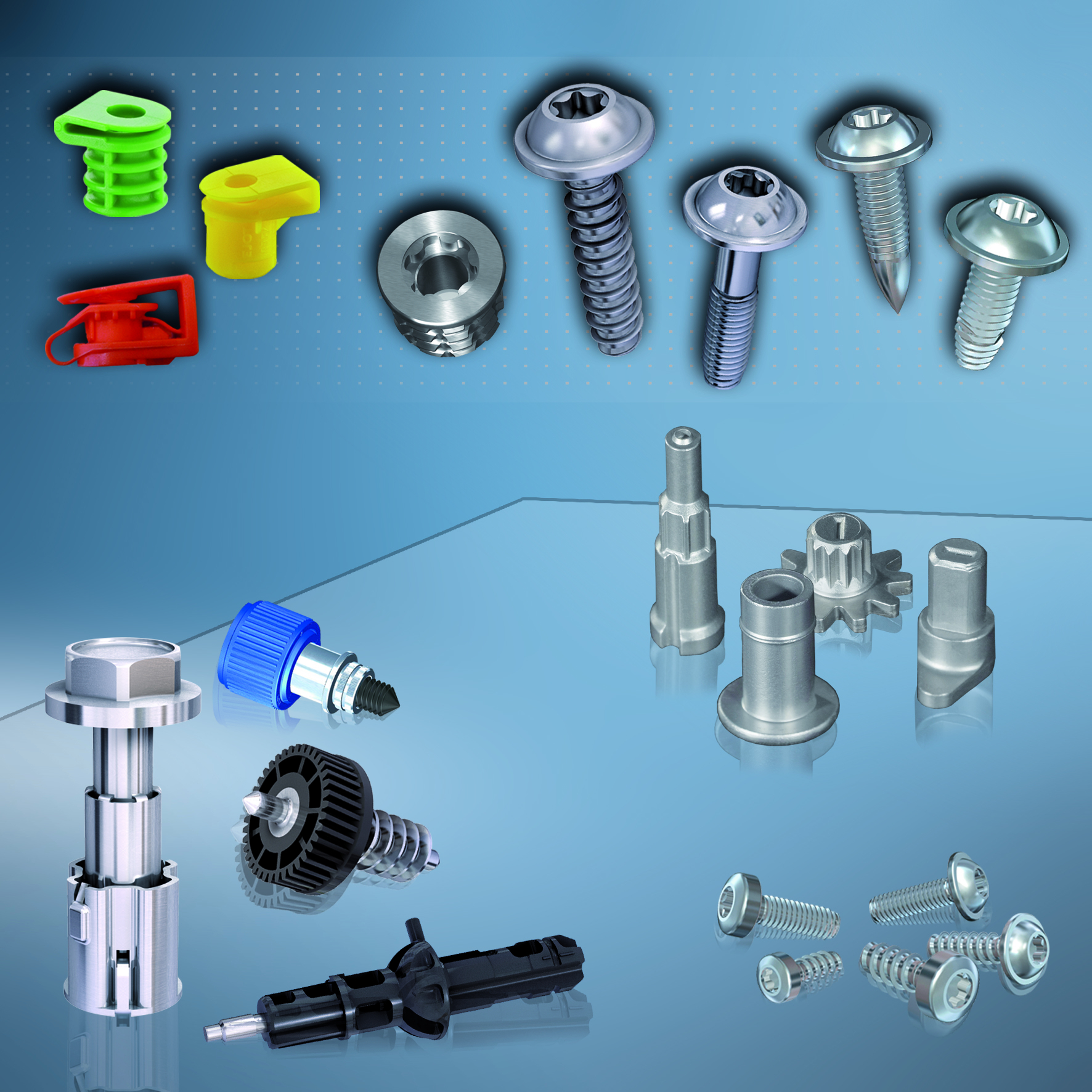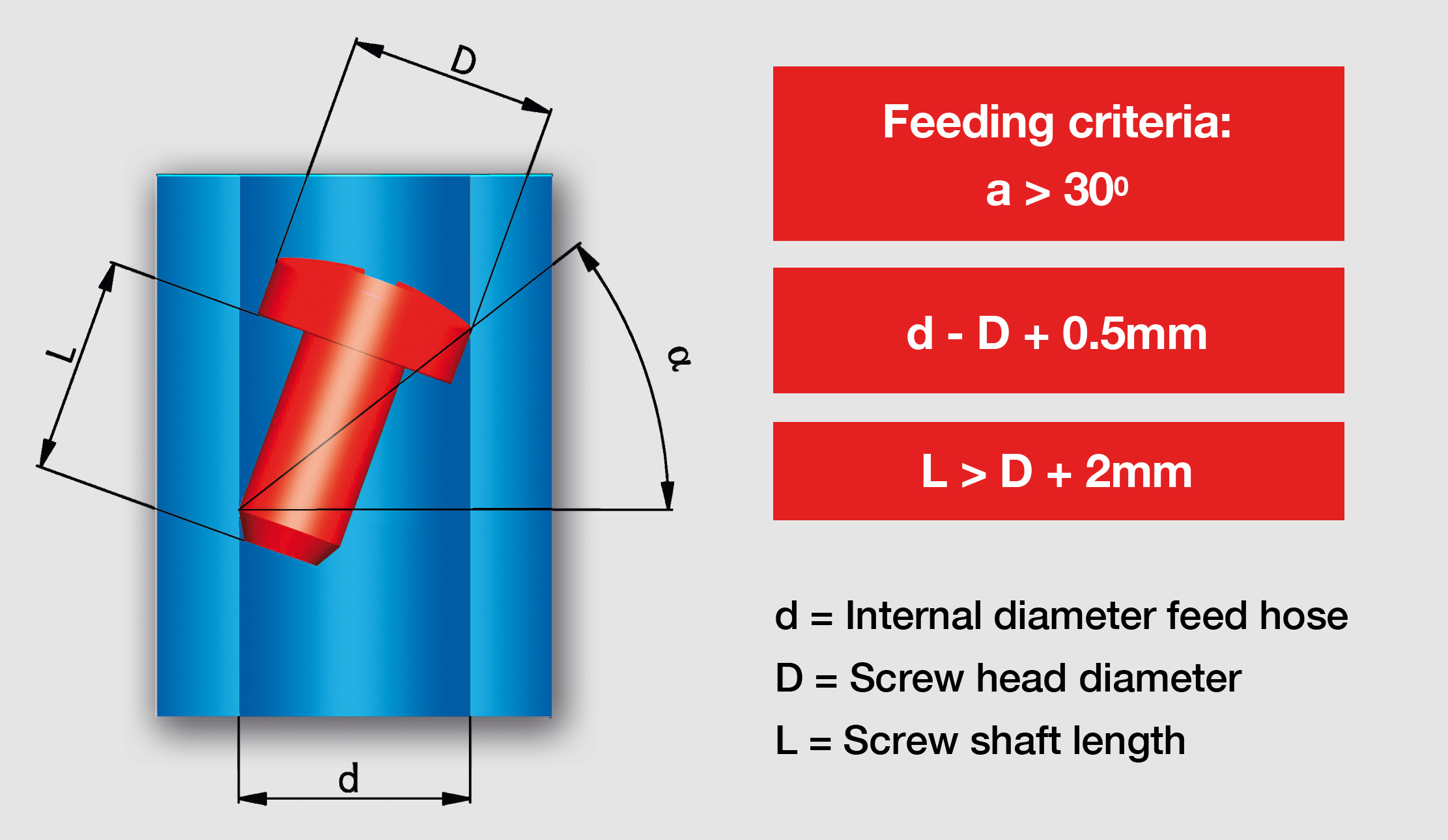Good fastener specification basics will pay long term dividends
As we consider which fastener will deliver the best lifetime performance and reliability in a specific material, it is of equal importance to assess all likely variables that may occur further down the line. For example, the proposed type of installation tooling and its mode of operation can deliver a set of variables of their own; manual installation is as much about ergonomics and environment as it is about torque and shear-strength.
Get the basics right - logical specification will follow
Whilst software and data calculations have an obvious part to play, making the right fastener specification for a given application within a projected budget, remains a human and logical engineering process - with care taken not to overlook the blank canvas basics. Probably the most obvious but all too often neglected consideration is long-term performance and the manufactured quality of the fastening component itself. It’s almost a reflection of the old adage ‘what’s the most important part of a car assembly?’, but it’s a fact that fasteners have one thing in common with every manufactured assembly component; the better that they are made, the better they will perform and the less likely they are to fail. Choose a quick fix and don’t expect long term results! Trusted manufacturers will have processes and procedures in place to ensure quality - not just to drive through the initial sale and supply but to provide correct after sales support as part of the purchase price.
The correct fastener for the material you’re working with
Again, this seems a fairly superficial fact but modern engineering materials present an ever increasing performance arena. A genuine fastener manufacturer will be able to advise on latest and correct fastener-to-material product innovations that are not singly aligned towards mass-production applications, but also offer adaptations and variants that solve and rationalise more localised assemblies.

Assembly and Assembly Equipment
How the fastener will be inserted in to the product will have a direct impact on specification. Manual, semi-automated or fully automated installation systems in tandem with tooling that will be deployed are each a consideration in their own right.
Battery or pneumatic tooling integrated to an automated feed system, complete with DC spindle mounted to a robot! All can be used but the key is appreciating how the differences will impact on the consistent quality of the finished product.
Such variables cannot be calculated by software programs alone, but they can and should be considered as part of the specification process in order to maximise long term performance and engineering investment. For example, where an assembly process will be inserting hundreds of thousands of fasteners throughout a typical annual production cycle then being certain that the fastening component can easily be fed via a vibration bowl or a sword feeder without any stoppages can reduce assembly time by half. This will also ensure greater consistency with minimal waste from finished product failures, all of which come off the bottom line. In a worst case scenario, no one wants to be left counting the cost of recalls or worse, liability claims.
How knowledge and expertise can provide an assist
EJOT has spent many years working alongside design engineers locally, nationally and globally. That means an almost limitless knowledge bank is at our disposal when it comes to arriving at a final fastener specification that considers all of these variables – human, financial or other. It’s part of the fastener application engineer’s remit is to arrive at a consistency of installation technique, that in turn will assist the lifetime performance of the fastener and the joint. A few typical examples follow.
- Semi-Automation: Where slowing the insertion speed down on short fasteners can allow a clutch to switch off before too much torque is applied.
- Semi-Automation: Adding torque reaction arms, even if the torque is low can have a positive effect on consistency as the fastener will be inserted properly perpendicular. When screws are at angles then the torque needed is increased, so if the torque is set on the tool, then the fastener will not be fully inserted.
- Full-Automation: Ensuring the screw can be fed. All screws which are "shaft-heavy", and where the head meets the following criteria, are suitable for processing with most feed systems (Source Deprag).
- Real-time testing: An original fastener manufacturer will be able to assist with testing to evaluate insert torque, strip torque, clamp loads, pull-out load and recommended insertion speeds

Fasteners may be small, but like that component that holds the steering wheel in place they can have a big impact on performance and ultimately profitability.
EJOT has regional Sales Application Engineers covering all areas of the UK and able to assist with all levels of design engineering projects. Simply contact EJOT and ask for advice and support. As EJOT has been a global centre of excellence in assembly fastener technology for nearly a century, there is no better place to enquire!
EJOT UK: Call 01977 687 040
www.ejot.co.uk
Or email Dan Lunn, EJOT Application Engineer UK South: d.lunn@ejot.co.uk
This is a Sponsored Page


